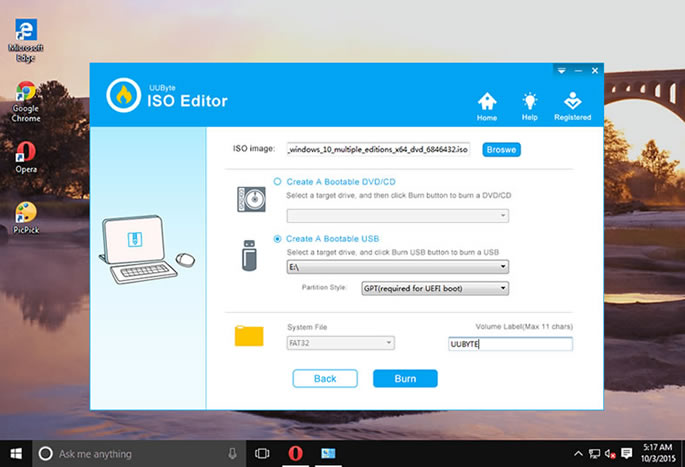

Download the GalliumOS ISO for your ChromeOS device:.If you are unable to boot your ChromeOS device using your new USB media, see Troubleshooting, below. Once the prompt comes back, the ISO should be written. This process can take a long time depending on the speed of your flash drive, USB connection, and hard drive. Make sure to write to the DEVICE and NOT the partition. Also be sure to replace sdb with the actual device as listed in lsblk. Usually typing "galliumos" and hitting tab will autocomplete it for you. Be sure to replace galliumos.iso with the filename of the iso you want to write.sudo dd bs=1M if=galliumos.iso of=/dev/sdb sync.Next, use dd to copy the ISO to the USB flash drive. Be sure to replace sdb1 with the actual partition name as listed in lsblk.Once you've figured it out, make sure the USB flash drive is unmounted. It is very important to not get this wrong, as it could cause catastrophic data loss. Try to find out which one is your USB flash drive. You can use lsblk to get a list of storage devices attached to your system. Plug in your USB device, identify it, and unmount it.cd to the place where you downloaded the iso.Once the iso is finished downloading (you MUST wait for it to finish), open up your favourite Terminal emulator.First, you need to download the GalliumOS iso for your Chromebook.Do not use the ChromeOS Recovery Tool to write ISOs.
#Make a bootable usb from iso install#
It is now safe to remove your drive and install GalliumOS!

Important! If you're on macOS, a dialog stating that the disk you inserted was not readable may appear. After flashing, Etcher will automatically verify that the write was successful.

It may take quite a while, depending on the speed of your flash drive and your computer. Start the flash by clicking "Flash!" in Etcher.Everything on the selected drive will be permanently erased. If it is the only one connected to your computer, it should select it automatically. Select the GalliumOS iso by navigating through the files and folders in your filesystem.Plug your flash drive in to your computer.Etcher requires root (or Administrator) permissions to get write access to the raw devices. Once you've downloaded both and installed Etcher, proceed with the guide. On Windows, macOS (OS X), and Linux (using Etcher)Įtcher is an excellent tool for writing the ISOs to bootable USBs because it is fast, easy to use, and it automatically verifies the integrity of the image after writing it.īefore you get started, download the correct version of GalliumOS for your device from If you don't know which version you need, check out the Hardware Compatibility page.Īlso, download the correct version of Etcher for your operating system from 1 On Windows, macOS (OS X), and Linux (using Etcher).


 0 kommentar(er)
0 kommentar(er)
